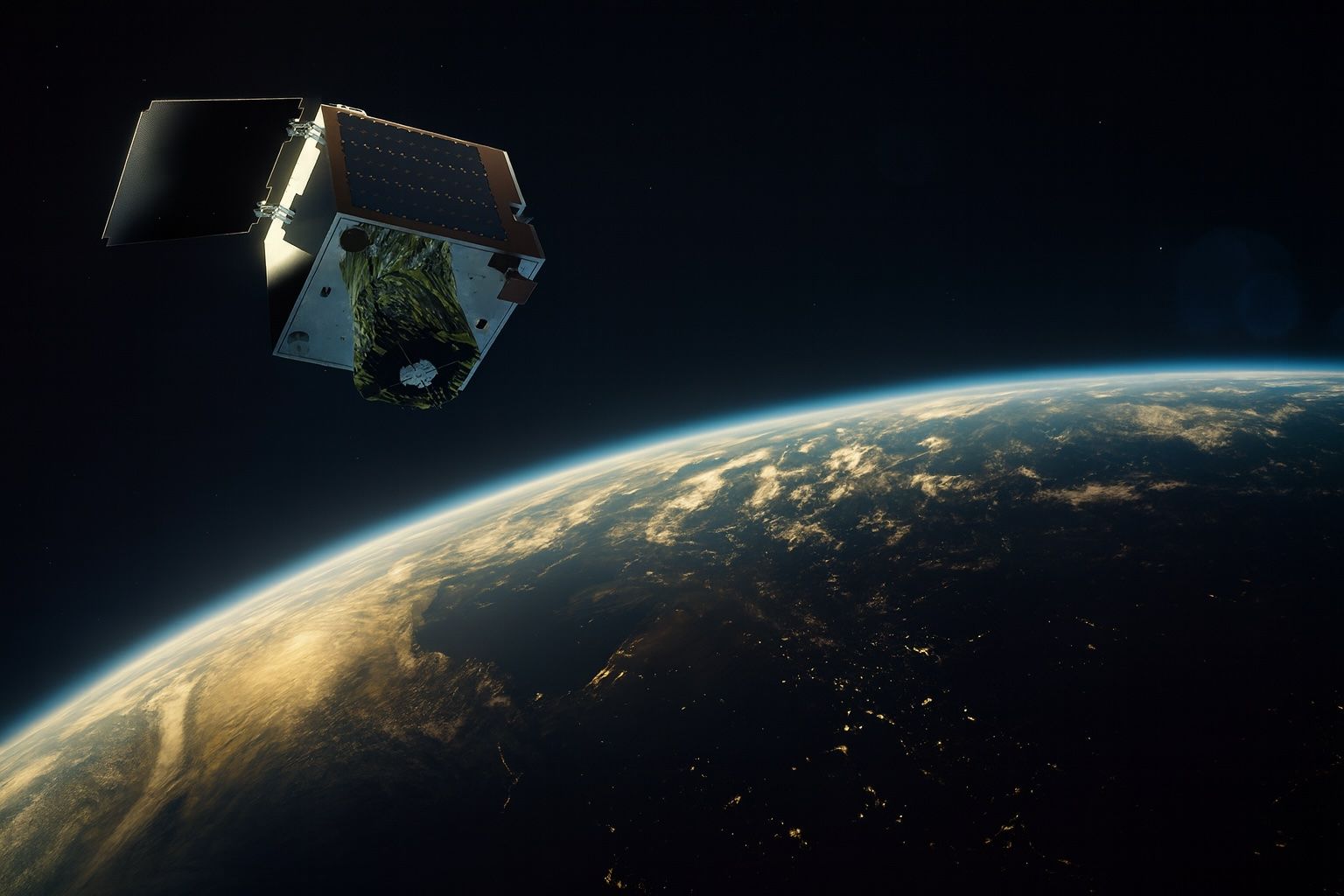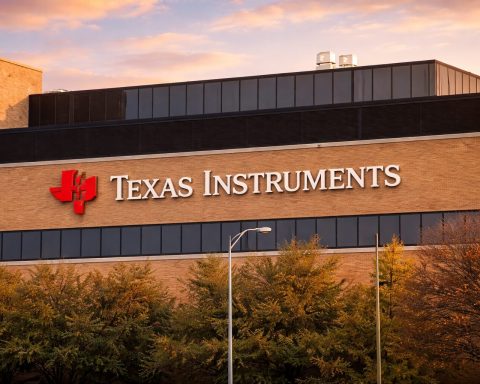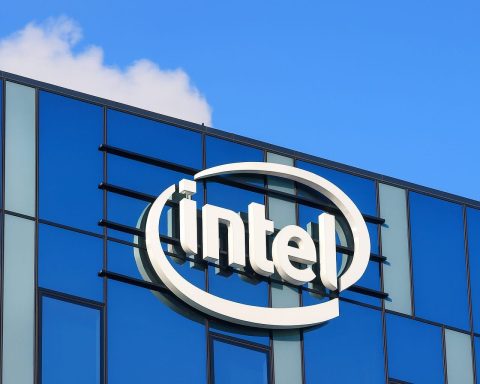- Russian jamming: Maj Gen Paul Tedman of UK Space Command revealed Russia is “actively trying to disrupt UK-based military activities ‘weekly’” by jamming British military satellites [1] [2]. He warned, “We’re seeing our satellites being jammed by the Russians on a reasonably persistent basis” [3]. These attacks use ground-based systems to flood satellite signals with interference, blocking communications without destroying the spacecraft [4].
- British satellites: The UK has only about six dedicated military satellites for communications and surveillance, each equipped with anti-jamming measures [5] [6]. Even so, persistent Russian interference remains a concern. Tedman noted Russian satellites are “flying relatively close” to UK assets with payloads “on board that can see our satellites” and steal information [7] [8].
- Global reach: This threat is not limited to Britain. Germany’s defence minister Boris Pistorius recently reported Russia had been tracking two NATO satellites and warned that Moscow’s forces “can jam, blind, manipulate or kinetically disrupt satellites” [9]. Moscow has even signalled it will treat Western satellites aiding Ukraine as “legitimate targets,” part of a broader campaign of jamming and spoofing signals.
- Allied response: In late September the UK and US launched their first coordinated space operation. Between Sept 4–12, a US military satellite was deliberately manoeuvred to inspect a UK satellite in orbit, as part of the joint Operation Olympic Defender [10] [11]. Officials hailed this test as “expertly executed… rapid progress” in allied space defence [12]. The US and UK are also beefing up space surveillance: for example, new laser-warning sensors are being built to detect hostile beams targeting satellites [13]. Defence Minister Luke Pollard emphasized that “space is becoming a contested frontline,” and that “satellites play a vital role in UK prosperity and security… it is essential they are protected” [14].
Russia’s New Frontier: Satellite Warfare
Senior UK officials say the war in Ukraine has spilled into space. In interviews with the BBC, Space Command chief Paul Tedman detailed how Russia regularly monitors and jams British military satellites. These jamming attacks are conducted from the ground by powerful transmitters that drown out the satellites’ signals [15] [16]. Crucially, jamming is non-kinetic: it disrupts data links but does not physically destroy the satellite [17]. Once the interference stops, normal communications can resume. Tedman stressed that since Russia’s full-scale invasion of Ukraine, these attempts have become “persistent, deliberate, and increasingly aggressive” [18]. When pressed on frequency, he replied flatly: “Weekly.”
Tedman explained that even British satellites with advanced countermeasures remain vulnerable. He said Russian satellites or ground systems are often “flying relatively close” to UK spacecraft and collecting data. “They’ve got payloads on board that can see our satellites and are trying to collect information from them,” he reported [19]. In short, Russia is treating orbit like another front – jamming frequencies, shadowing assets, and preparing anti-satellite attacks.
Why Satellites Matter: The Military “Nervous System”
Modern armed forces depend on satellites for everything from secure communications to precision navigation. As one analysis puts it, space systems form a country’s “nervous system” – cutting off satellite links can blind troops and cripple command networks. Indeed, Tedman warned that UK military satellites are the “backbone” of defence operations [20]. The UK’s roughly half-dozen military satellites handle battlefield communications, reconnaissance and navigation. If these are jammed or spoofed, British forces on land, sea or air could lose the high-precision data they rely on.
This vulnerability is acute: around 45,000 objects now orbit the Earth (including about 9,000 active satellites) [21]. That crowded environment makes collisions and electronic interference more likely. Any hostile signal – whether jamming or laser/EMP weapons – could disrupt service over large regions. No wonder defence chiefs are alarmed. As Defence Minister Luke Pollard put it, “Satellites play a vital role in UK prosperity and security… it is essential they are protected” [22].
Russian Tactics and Capabilities
Western experts note that Russia is rapidly developing counter-space weapons. Moscow has tested anti-satellite missiles and ground-based lasers aimed at orbiting craft. Intelligence reports have even warned that Russia may be moving toward orbiting nuclear-capable weapons [23]. While US officials see China as a long-term space threat, Tedman argued Russia is more likely to use space weapons aggressively. “The Chinese have by far the more sophisticated capability, but the Russians have more will to use their counter-space systems,” he observed [24].
Germany’s Pistorius underscored this danger. Speaking at a space conference in Berlin, he warned that Russian systems can “jam, blind, manipulate or kinetically disrupt satellites” [25]. In other words, satellites can be electronically disabled, optically dazzled, or even physically destroyed. Russia has shown it can use ground jammers on a routine basis: Tedman said every week UK satellites are targeted. These tactics mirror Russia’s broader approach in Ukraine – using electronic warfare to degrade the enemy’s situational awareness – but taken into the high ground of space.
Allied Countermeasures: Operation Olympic Defender and Beyond
The UK is fighting back. The late-September joint satellite manoeuvre with the US – a first for the two militaries – demonstrated how allies can respond to attacks in orbit [26]. During the exercise (part of Operation Olympic Defender), a US reconnaissance satellite moved close to a UK spy-satellite to check that it was working and hadn’t been tampered with. Tedman praised the test as “expertly executed” and a sign that allies are now “conducting advanced orbital operations to protect and defend our shared national and military interests in space” [27].
On the home front, the UK Space Command is investing in new defences. The Ministry of Defence reports it has commissioned laser-warning sensors for satellites – equipment that can detect directed-energy attacks from either space or ground [28]. These next-generation sensors (backed by new funding) are intended to guard the UK’s high-value satellites. Pollard noted that in the current security climate, space infrastructure “is becoming a contested frontline” [29]. In fact, Tedman said the UK is “competing against a growing arsenal of adversary counterspace systems” and needs “new and innovative…technology to protect and defend our satellites” [30]. In response, the government has earmarked extra resources to accelerate its space programs.
The allies are also looking beyond pure defence. NATO and partner nations have lodged formal complaints about satellite interference, and Western space agencies are sharing data on jamming attempts. The new UK Space Command (established in 2021) works closely with US Space Command and others to monitor threats. In short, Britain is treating space like a war-zone: combining intelligence sharing, active defence tests, and R&D to improve resilience. As Pollard summed up, with satellites so crucial to daily life and military ops, “it is essential they are protected” [31].
The Broader Context: An Arms Race in Space
The surge in space hostility reflects a larger trend: the militarisation of space. In recent years, both Russia and China dramatically expanded their satellite fleets (roughly a 70% increase over the past decade [32]). They have tested anti-satellite missiles and ground lasers, and warned the West that Western satellites supporting Ukraine are fair game. Meanwhile, the West is scrambling to catch up. Officials in Washington and London note with concern that the UK allocates only a small fraction of its defence budget to space capabilities (some estimates say ~1% compared to 3–5% in France/US) [33]. The fear is that without heavier investment, the UK could fall behind in this new domain.
Politically, space tensions are part of a wider Russia-West standoff. Just days before Tedman’s warnings, the UK Foreign Secretary told the UN that Britain is “ready to act” after President Trump urged NATO to shoot down any Russian planes violating European airspace [34]. These statements – in the air and in orbit – signal that both sides see the potential for dangerous escalation. Space analysts caution that an incident (for example, a collision or misinterpreted satellite manoeuvre) could easily provoke a crisis. That makes these preventive measures by the UK and its allies all the more important.
Stakes for the UK
What does this mean for Britain? In practical terms, it means that satellite resilience is now a matter of national security. British forces and even civilian sectors (banking, communications, navigation) rely on space assets. If Russia can jam or shadow UK satellites at will, it can degrade everything from battlefield coordination to GPS navigation. Experts warn that losing satellite links would be a severe blow in any conflict.
Recognizing this, UK defence leaders have called space a “strategic priority.” They argue for tighter cooperation with the US and increased budget for space tech. The recent move to test new sensors and integrate space defence under NATO frameworks are early steps. But many analysts say more is needed. In the words of one space-security report, “space is now a fully contested domain.” Britain’s leaders have been quick to sound the alarm: its own Space Command chief, Maj Gen Tedman, has put the world on notice that the “space environment is now a fully contested domain” and that he will treat interference as “an act of aggression” if it harms UK satellites [35] [36].
In summary, the UK finds itself in a new kind of battle on the final frontier. Russia’s regular jamming of British satellites represents a stark escalation – proof that great-power rivalry now extends well above Earth. Experts quoted above emphasize that the defence of space-based assets will be critical to Britain’s security and daily life going forward [37] [38]. With that in mind, the UK is seeking to bolster its deterrence – on Earth and in orbit – to ensure its satellites can keep the nation and its forces connected, even under hostile interference.
Sources: UK and international press (Guardian, Independent, AFP-based outlets) report on Major Gen Paul Tedman’s statements and allied activities [39] [40] [41] [42]. Think-tank analysis and defence ministry announcements provide context on satellite jamming and space strategy [43] [44]. All information cited above is from these published sources.
References
1. www.portsmouth.co.uk, 2. www.the-independent.com, 3. www.portsmouth.co.uk, 4. ontheradar.csis.org, 5. www.portsmouth.co.uk, 6. www.the-independent.com, 7. www.portsmouth.co.uk, 8. united24media.com, 9. www.the-independent.com, 10. www.portsmouth.co.uk, 11. www.the-independent.com, 12. www.portsmouth.co.uk, 13. www.portsmouth.co.uk, 14. www.portsmouth.co.uk, 15. ontheradar.csis.org, 16. www.portsmouth.co.uk, 17. ontheradar.csis.org, 18. united24media.com, 19. www.portsmouth.co.uk, 20. azat.tv, 21. united24media.com, 22. www.portsmouth.co.uk, 23. united24media.com, 24. united24media.com, 25. www.the-independent.com, 26. www.portsmouth.co.uk, 27. www.portsmouth.co.uk, 28. www.portsmouth.co.uk, 29. www.portsmouth.co.uk, 30. www.portsmouth.co.uk, 31. www.portsmouth.co.uk, 32. azat.tv, 33. azat.tv, 34. www.the-independent.com, 35. azat.tv, 36. www.portsmouth.co.uk, 37. www.portsmouth.co.uk, 38. azat.tv, 39. www.portsmouth.co.uk, 40. www.the-independent.com, 41. www.portsmouth.co.uk, 42. united24media.com, 43. ontheradar.csis.org, 44. www.portsmouth.co.uk










